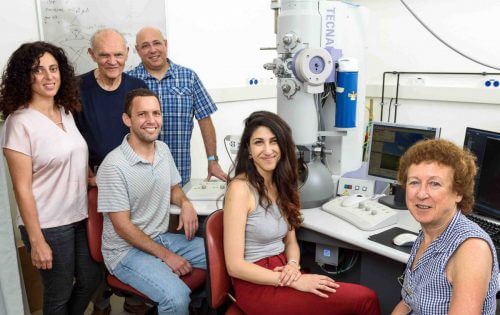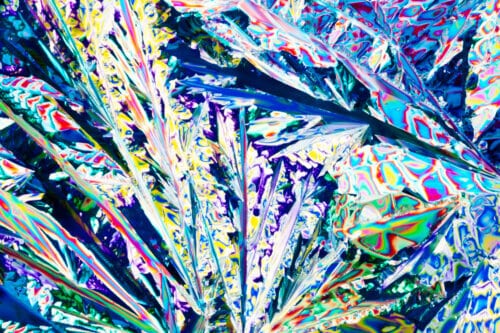The 2021 Wolf Prize in Chemistry is awarded to Professors Leslie Lazerovitz and Meir Lahav for their joint work in establishing the mutual effects of the three-dimensional structure of molecules on the structures of organic crystals.

The formation of crystals is one of the most fundamental phenomena in chemistry. The structure of organic crystals is of particular importance because the shape of the crystal (morphology) reflects the three-dimensional structure (stereochemistry) of the molecules that make up the crystal. In 1848, Louis Pasteur conducted the famous experiment, in which he physically separated the two crystalline forms of tartaric acid salt, which appear to be mirror images of each other. Pasteur's research, followed by the work of the first Nobel laureate in chemistry, Jacobus and Annette Hoff, created the basis for modern stereochemistry. But Pasteur, and Annette Hoff, as well as thousands of other famous chemists, failed to crack the mystery of the connection between the morphology of the crystal and the stereochemistry of the molecules that fused together in this crystal.
Almost 140 years passed until the mid-XNUMXs, when professors Lahav and Lazerovitz managed to solve the long-standing riddle. Through a series of dramatic experiments, they demonstrated for the first time that the spatial symmetry of molecules can be determined based on their crystal morphology. In doing so, they founded the science of stereochemistry of organic crystals. They explained the interrelationship between the structure of the single molecule and the shape of the macroscopic crystal and formulated the connections between molecular structure, crystal morphology, the growth dynamics of crystals, and molecular chirality (the structural property of any object, which makes it different from its mirror image, such as human hands). Their findings laid the foundation for our current knowledge of spontaneous aggregation of organic molecules, thus completing our understanding of organic chemistry of covalent bonds, and self-aggregation of macromolecules.

Furthermore, based on their understanding of the dynamics of crystal growth, they were able to design and shape chiral crystals while controlling the relative growth rate of the crystal whiskers. They did this by using tiny amounts of chiral additives, which caused acceleration or retardation of the growth rate of the crystal in the various directions. They designed XNUMXD and XNUMXD crystals, explained their growth dynamics, and demonstrated for the first time that it is possible to design crystals that can lead to products that were not available by conventional methods. Furthermore, they were able to explain a variety of crystallization phenomena in biological systems, in the context of diseases, such as cholesterol crystallization in blood vessels, and the malarial pigment in red blood cells.
Since all biological systems consist of molecules with only one chirality, the basic scientific question regarding the origin of life on Earth is closely related to the origin of chirality in nature. Lahav and Laserowitz proposed possible routes to the question of the origin of chirality in nature, by showing that specific chemical reactions can cause chiral amplification and the creation of one component from a racemic mixture (a mixture of the two chiral forms in equal proportions). They demonstrated how polymerization within two-dimensional crystals, formed from serial components, can result in the formation of homochiral oligopeptides. These elegant experiments, which show the connection between the aggregation of small molecules in crystals and the formation of chiral biopolymers, offer an explanation for chemical evolution, from simple mixtures that preceded the formation of life, to the complex chemical machinery of life.
More of the topic in Hayadan:
